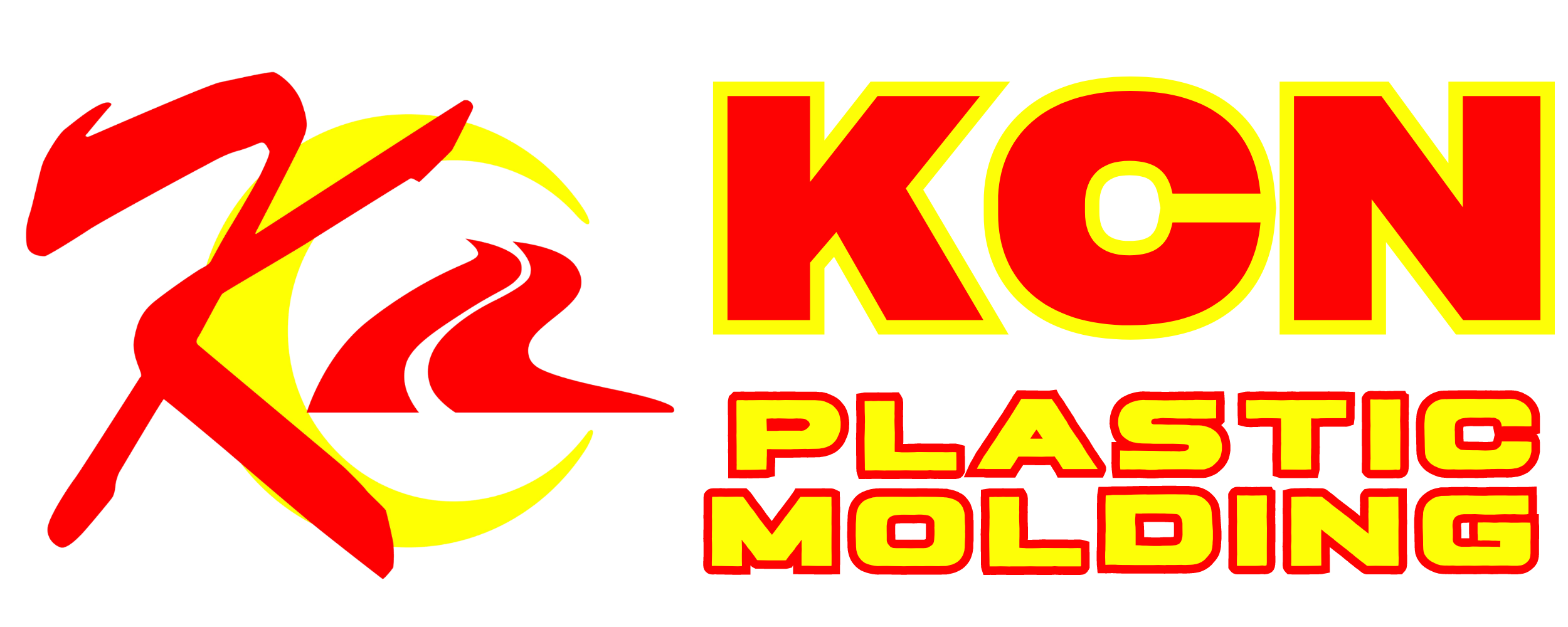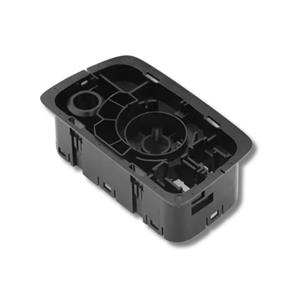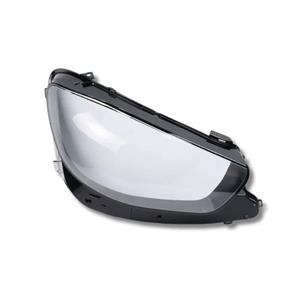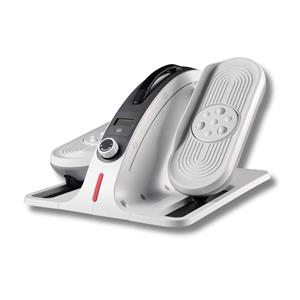Injection mold failure, teach you a few tricks to troubleshoot
1. Guide pin damage
The guide pin plays a guiding role in the mold to ensure that the molding surfaces of the core and the cavity do not collide with each other under any circumstances. The guide pin cannot be used as a force-bearing part or a positioning part.
In the following two cases, the dynamic and fixed molds will generate huge lateral offset forces during injection:
When the wall thickness requirements of the plastic part are uneven, the material flow rate through the thick wall is large, and a large pressure is generated here;
The side of the plastic part is asymmetrical, such as the mold with a stepped parting surface, and the counter pressure on the two opposite sides is not equal.
2. Difficulty in gate removal
During the injection molding process, the gate sticks to the gate sleeve and is not easy to remove. When the mold is opened, cracks and damage appear on the product. In addition, the operator must knock it out from the nozzle with the tip of the copper rod to loosen it before demolding, which seriously affects production efficiency.
The main cause of this failure is the poor finish of the gate cone and the knife marks on the circumference of the inner hole. Secondly, the material is too soft. After a period of use, the small end of the tapered hole is deformed or damaged, and the curvature of the nozzle sphere is too small, causing the gate material to produce a rivet head here. The tapered hole of the gate sleeve is difficult to process, and standard parts should be used as much as possible. If you need to process it yourself, you should also make or purchase a special reamer. The tapered hole needs to be ground to less than Ra0.4. In addition, a gate puller or gate ejection mechanism must be set.
3. Dynamic and fixed mold offset
Large molds have different filling rates in all directions and are affected by the weight of the mold during mold installation, resulting in dynamic and fixed mold offset. In these cases, the lateral offset force will be added to the guide pin during injection, and the guide pin surface will be roughened and damaged during mold opening. In severe cases, the guide pin will be bent or cut off, and even the mold cannot be opened.
In order to solve the above problems, high-strength positioning keys are added on each side of the mold parting surface. The simplest and most effective way is to use cylindrical keys. The verticality of the guide pin hole and the parting surface is crucial. During processing, the dynamic and fixed molds are aligned and clamped, and then bored on the boring machine at one time, so as to ensure the concentricity of the dynamic and fixed mold holes and minimize the verticality error. In addition, the heat treatment hardness of the guide pins and guide sleeves must meet the design requirements.
4. Bending of the dynamic template
When the mold is injected, the molten plastic in the mold cavity generates a huge back pressure, generally 600 ~ 1000 kg/cm2. Mold manufacturers sometimes do not pay attention to this problem, often changing the original design size, or replacing the dynamic template with a low-strength steel plate. In the mold with the ejector, the large span of the two side seats causes the template to bend down during injection.
Therefore, the dynamic template must be made of high-quality steel with sufficient thickness. Low-strength steel plates such as A3 must not be used. When necessary, support columns or support blocks should be set under the dynamic template to reduce the thickness of the template and improve the load-bearing capacity.
5. Bending, breaking or leakage of ejector pins
The quality of the homemade ejector pins is better, but the processing cost is too high. Now standard parts are usually used with average quality. If the gap between the ejector pin and the hole is too large, material leakage will occur. However, if the gap is too small, the ejector pin will expand and get stuck due to the increase in mold temperature during injection. What is more dangerous is that sometimes the ejector pin cannot be pushed out for a certain distance and breaks. As a result, the exposed ejector pin cannot be reset and damages the die during the next mold closing.
In order to solve this problem, the ejector pin is re-grinded, and a 10-15 mm matching section is retained at the front end of the ejector pin, and the middle part is ground down by 0.2 mm. After assembly, all ejector pins must be strictly checked for matching clearance, which is generally within 0.05-0.08 mm to ensure that the entire ejection mechanism can move freely.
6. Poor cooling or water leakage
The cooling effect of the mold directly affects the quality and production efficiency of the product. For example, poor cooling will cause large shrinkage of the product, or uneven shrinkage and warping and deformation. On the other hand, if the mold is overheated as a whole or locally, the mold cannot be formed normally and production is stopped. In severe cases, the ejector pin and other moving parts are stuck and damaged due to thermal expansion.
The design and processing of the cooling system depends on the shape of the product. Do not omit this system because of the complex structure or difficult processing of the mold. In particular, large and medium-sized molds must fully consider the cooling problem.
7. The length of the guide groove is too small
Due to the limitation of the template area, the guide groove length of some molds is too small. The slider is exposed outside the guide groove after the core pulling action is completed. This can easily cause the slider to tilt in the post-core pulling stage and the initial stage of mold closing and reset. Especially when the mold is closed, the slider is not reset smoothly, causing the slider to be damaged or even bent. According to experience, after the slider completes the core pulling action, the length left in the slide should not be less than 2/3 of the total length of the guide groove.
8. Failure of the fixed-distance tensioning mechanism
Fixed-distance tensioning mechanisms such as swing hooks and buckles are generally used in fixed mold core pulling or some secondary demolding molds. Because these mechanisms are set in pairs on both sides of the mold, their action requirements must be synchronized, that is, the mold is closed and the buckle is released at the same time, and the mold is opened to a certain position and the hook is released at the same time.
Once the synchronization is lost, the template of the pulled mold will inevitably be skewed and damaged. The parts of these mechanisms must have high rigidity and wear resistance, and the adjustment is also difficult. The life of the mechanism is short. Try to avoid using them and use other mechanisms instead. When the core pulling force is relatively small, the method of spring pushing out the fixed mold can be used. When the core pulling force is relatively large, the core can slide when the movable mold retreats. The structure of completing the core pulling action before the mold is separated can be used. Hydraulic cylinder core pulling can be used on large molds. The inclined pin slider type core pulling mechanism is damaged.
The most common problems of this mechanism are mostly inadequate processing and too small materials. There are mainly the following two problems:
The inclined pin has a large inclination angle A;
The advantage is that a larger core pulling distance can be generated within a shorter mold opening stroke.
However, if the inclination angle A is too large, when the extraction force F is a certain value, the bending force P=F/COSA on the inclined pin during the core pulling process is also larger, and the inclined pin is prone to deformation and inclined hole wear.
At the same time, the greater the upward thrust N=FTGA generated by the inclined pin on the slider, this force increases the positive pressure of the slider on the guide surface in the guide groove, thereby increasing the friction resistance when the slider slides. It is easy to cause uneven sliding and wear of the guide groove. According to experience, the inclination angle A should not be greater than 25°.




